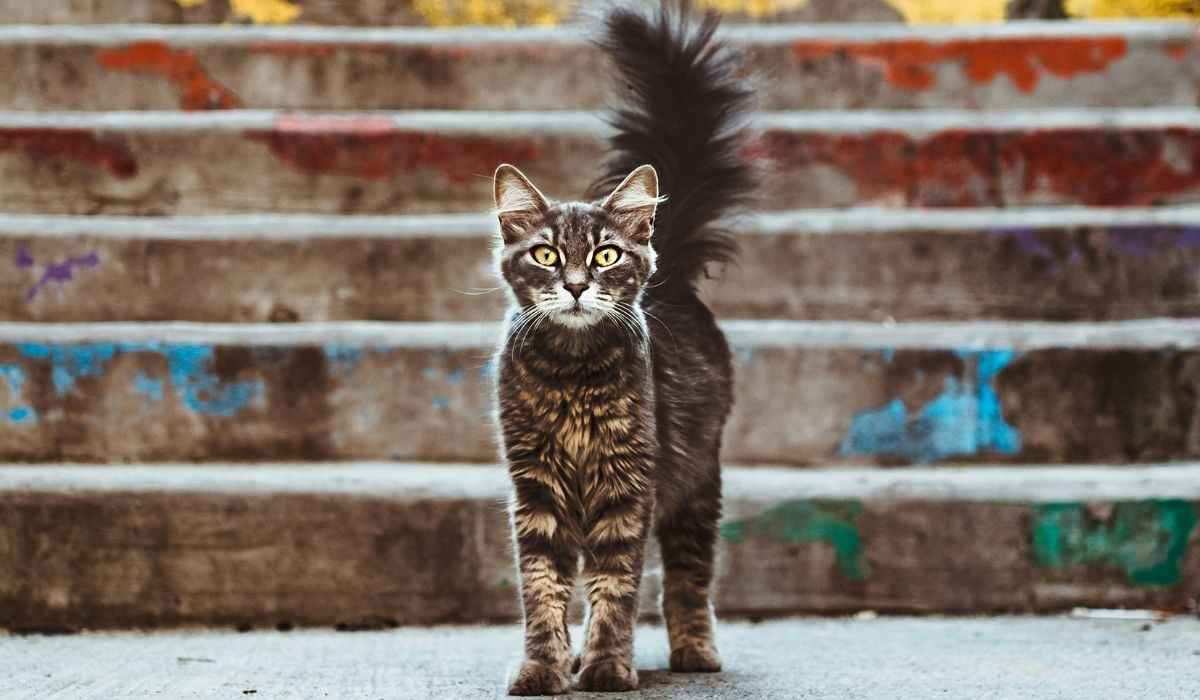 Understand Everything Cats Are Trying to Say When They Wag Their Tails (Maria Teneva – Unsplash)
Understand Everything Cats Are Trying to Say When They Wag Their Tails (Maria Teneva – Unsplash)
Cats also wag their tails as a form of communication, but unlike dogs, it’s not always a sign of happiness.
Cats use their tails to express emotions such as curiosity, fear, excitement, irritation, or comfort, helping owners understand what their cat needs or feels in the moment.
Types of Tail Wagging and What They Mean:
Quick and whipping tail movement: Indicates irritation, excitement, or preparation for a defensive action. It can happen during play.
Slow and steady movement: Usually signals that the cat is focused, like when hunting or playing. It can also indicate moderate curiosity.
Tip of the tail trembling: May indicate excitement, interest, or slight irritation without much agitation.
Tail trembling: Generally indicates affection or territory marking, especially when the cat is approaching something or someone.
Puffed-up tail: Means the cat is scared or threatened, trying to make itself appear larger as a defense mechanism.
Gentle tail flicking: Can signal mild irritation or contemplation, with the cat being alert to something but not fully focused.
Should I be worried about excessive tail wagging?
Although tail wagging is normal, it can vary between breeds and personalities. Frequent wagging can be normal, but if it’s accompanied by signs of stress or illness (such as hiding or growling), it’s important to pay attention and consult a veterinarian if necessary.
What if my cat never wags its tail?
If your cat rarely wags its tail, there’s no need for concern as long as they are healthy and happy. Changes in behavior, such as reduced tail movement, can be signs of discomfort or illness, so it’s worth keeping a closer eye.
Source: ParadePets | Photo: Unsplash | This content was created with the help of AI and reviewed by the editorial team

